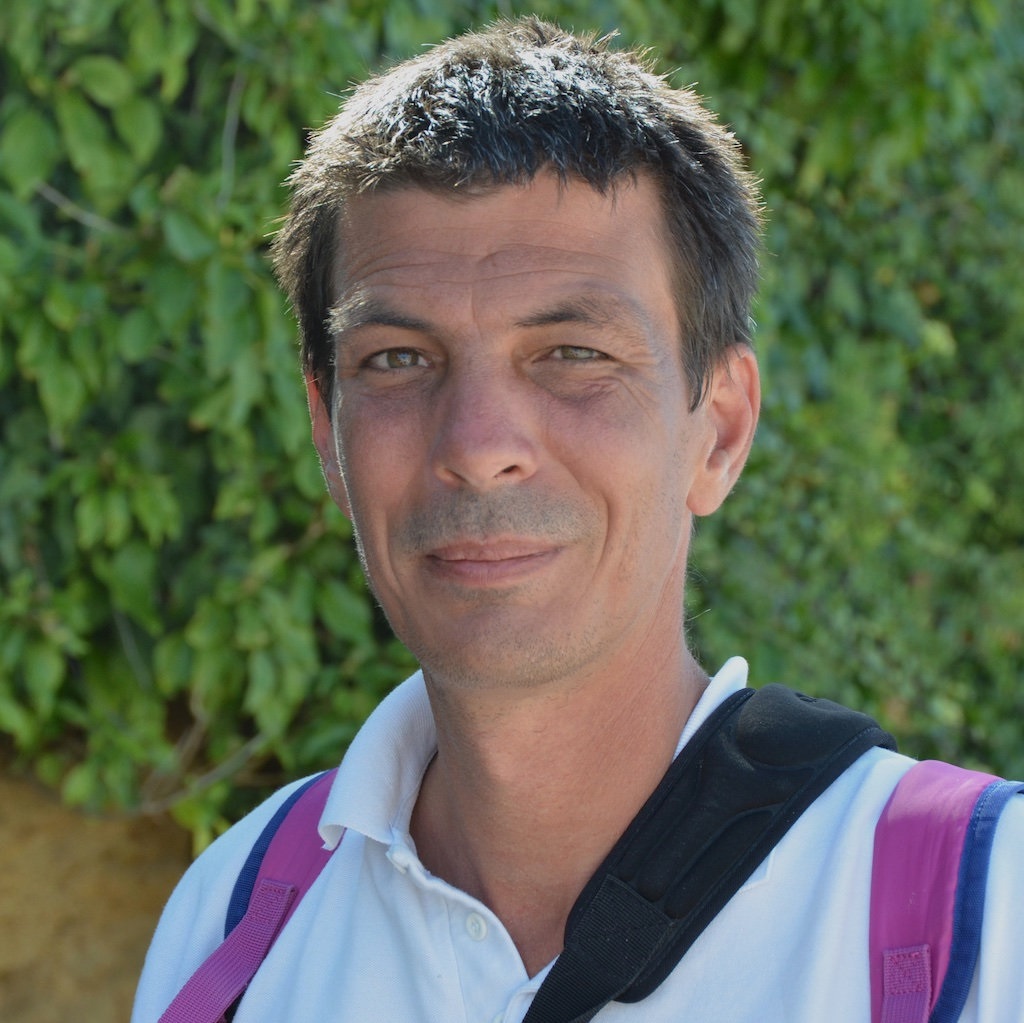
Department of Human Neuroscience
Sapienza University
Rome, Italy

Faculty of Medicine and Dentistry
Institute of Neuroscience
Belgium
The Global Burden of Disease (GBD) 2013 has changed our understanding of the huge burden of disability that is driven by pain associated conditions and placed chronic pain at the crux of health care provision, with major societal implications for research, planning, delivery, and resource allocation (Rice 2016).
While the scientific community is aware of the impact of pain in the global population, some steps must be taken to improve the management of this complex condition. There is a need for robust diagnostic tools for both acute and chronic pain conditions; there is a need for population studies on the natural history of different pain conditions; there is a need for biomarkers with better translatability to improve the analgesic drug development; there is a need for a multidisciplinary approach to pain management.
Despite the fact that pain research has historically been a relatively low priority for research funders, the community of pain researchers is large and multidisciplinary from psychologists to engineers, and having clinical neurophysiologists as the front line. A wide range of neurophysiological and neuroimaging techniques are currently available for the diagnostic workup and study of pain, including peripheral nerve excitability testing, microneurography, spinal and cortical evoked potentials, EEG analysis, functional neuroimaging, and psychophysical tests. Hence, it is important for clinical neurophysiologists to be strongly connected to obtain an overall picture of pain neurophysiology by bringing together all the pieces of the huge pain puzzle, and to productively target pain research.
The need for a special interest group (SIG) on pain within the International Federation of Clinical Neurophysiology is justified as follows: